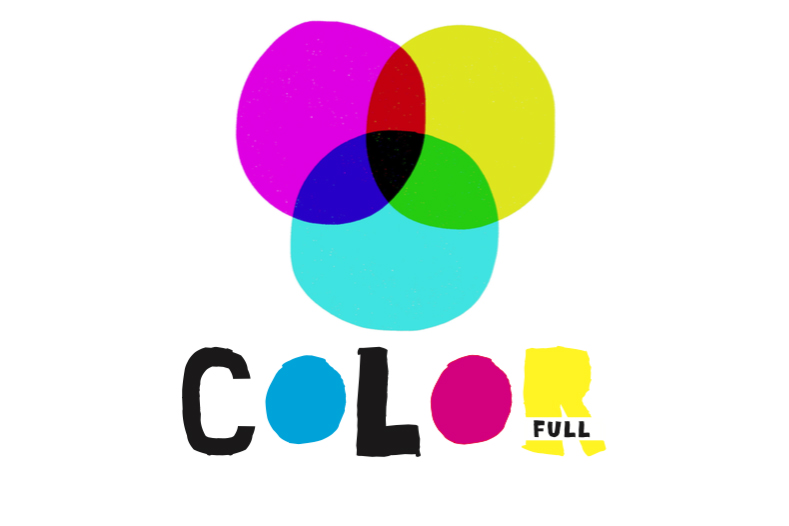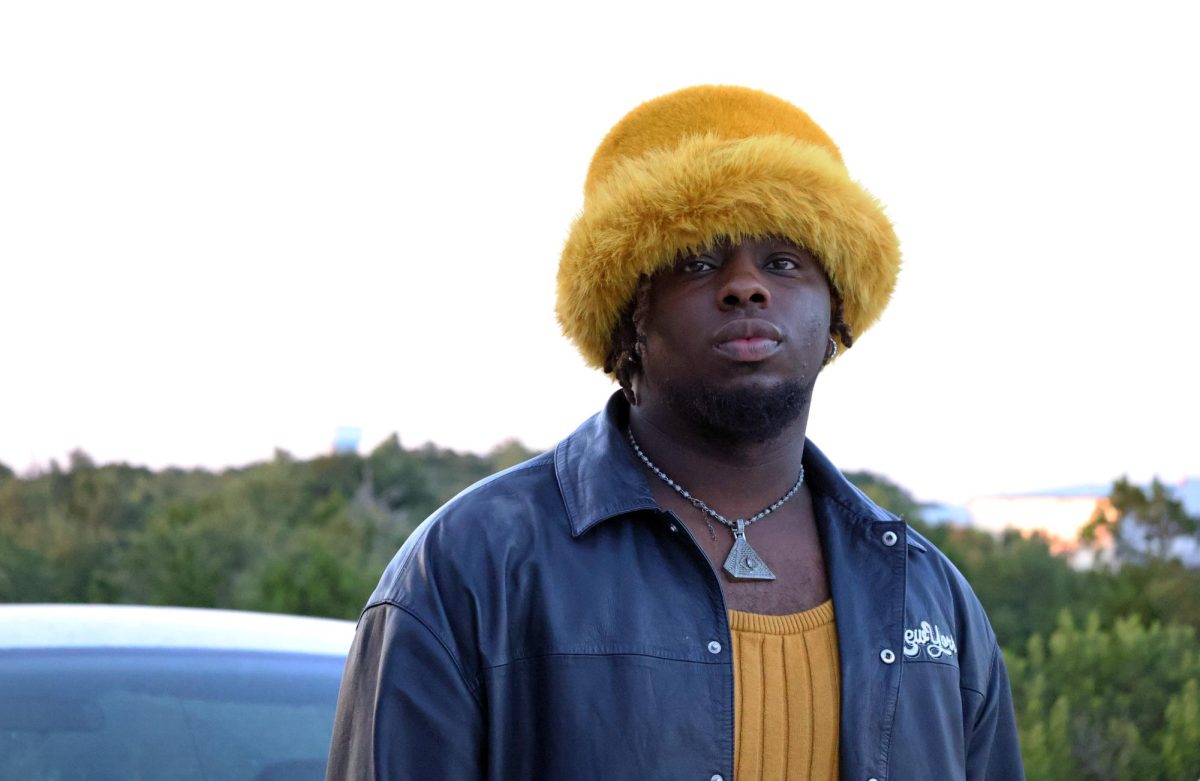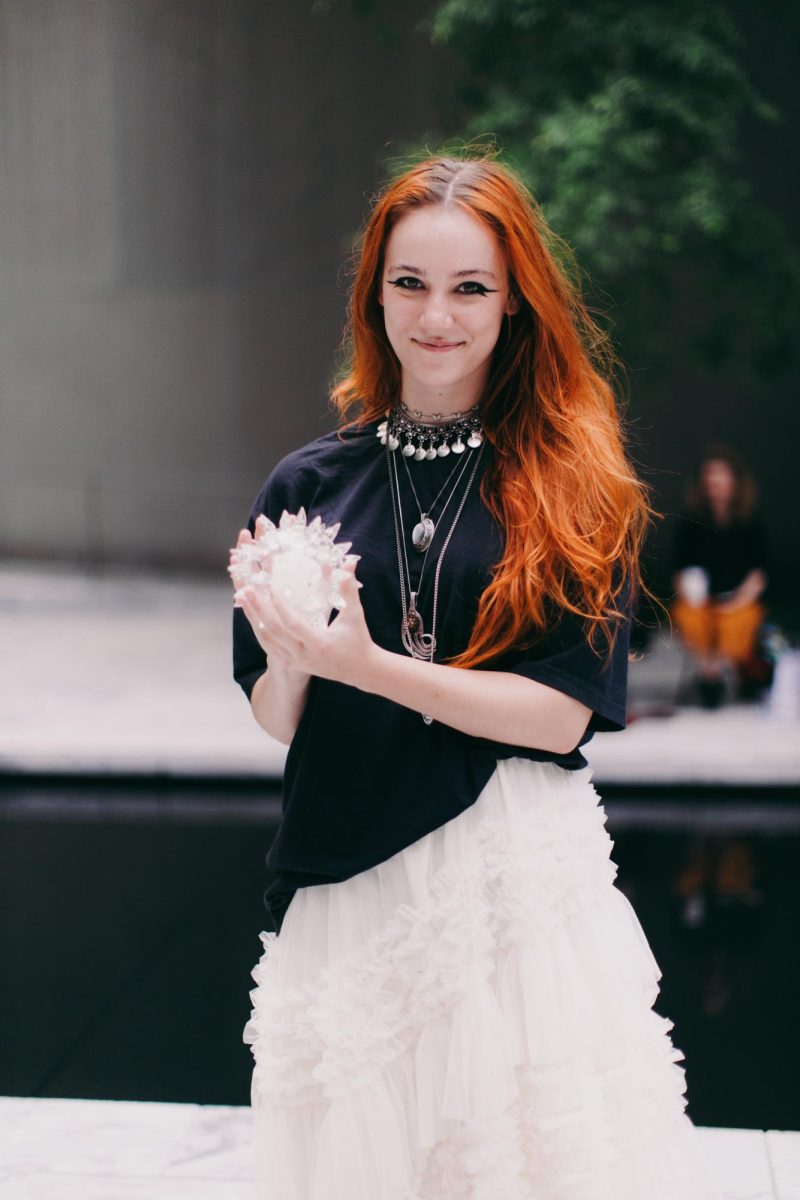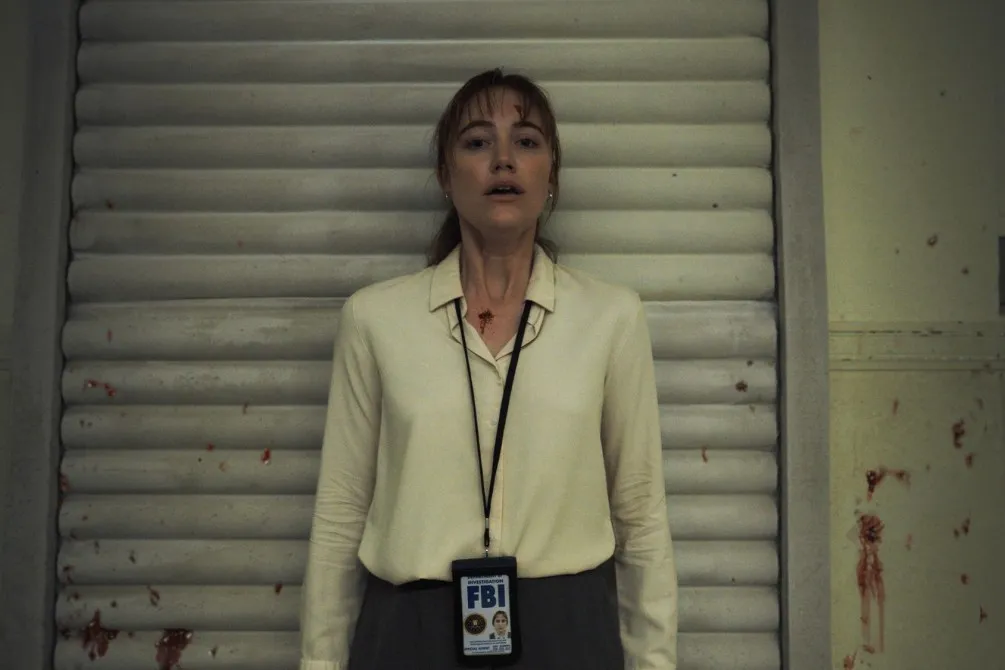People who still think red, yellow and blue are the only primary colors need to forget what their elementary art teachers taught them. Whether they’re using a brush or a cursor, different mediums require different basic color palettes.
Red-Yellow-Blue
Artists and printing businesses in the 18th century used the red-yellow-blue (RYB) primary color set, combining these color pigments to make others. Mixing red, yellow and blue as primaries, however, yields a relatively small range of colors, because RYB color combinations don’t align with the primaries detected by human color vision.
The original RYB model established accurate and important ideas in the fields of color theory and perception. The idea that three primary colors combine to make all other colors was correct, but RYB wasn’t the right trio. Scientific research has since proposed more versatile primary color models such as cyan-magenta-yellow-key (CMYK) and red-green-blue (RGB) models to use in printing and screen displays.
Cyan-Magenta-Yellow-Key
Media that uses pigments to produce different colors, such as ink and paint, use CMYK as primaries. Printers and artists combine pigments using a subtractive color system. Subtractive color models, such as CMYK, describe how tangible colors, such as ink or paint, combine. This model manipulates the light wavelengths that bounce off objects to produce colors by subtracting or blocking particular wavelengths off a white background.
Red-Green-Blue
Mediums that use light to produce different colors, such as televisions and computers, use red, green and blue as primaries. Screens combine emitted light to create a range of colors using an additive color system. Additive color models, such as RGB, describe how intangible colors, such as a beam of light, combine. This model manipulates the wavelengths of light beams by adding or emitting light at particular wavelengths that come from a dark background.
Color Vision
The perception of color relies on the way light interacts with the environment. Different materials absorb certain wavelengths of light when illuminated, but reflect others. The wavelengths that bounce off objects are then translated by our eyes into color. The human eye detects different colors using three kinds of color receptors — called cone cells — each of which is attuned to absorb not just one color, but a broad range of wavelengths.
Since there is some overlap in the range of wavelengths that different kinds of cones can identify, the eye processes colors in opposition to each other after cone cells detect light wavelengths. Red can’t be identified at the same time as green, and blue can’t be identified at the same time as yellow.
Coloring Speech
The ways humans perceive colors have influenced the way cultures identify and name colors.
Languages that have only two color terms will always distinguish black from white — or more accurately, dark colors from light colors. Some New Guinea Highland languages, for example, only have terms to distinguish between dark colors and light colors.
Those that identify a third color term will always introduce red. Languages that distinguish four and five colors will name green and yellow in no particular order. Those that can name six colors split green into two, coining a name for blue.
It might seem strange to English speakers who can distinguish the difference between teal, turquoise and aqua, but many languages don’t distinguish between green and blue. Navajo, for example, uses a single term for both blue and green. Linguists use the term grue — a blend of green and blue — to describe such words. In Vietnamese, both tree leaves and the sky are described by the color word “xanh.”

























